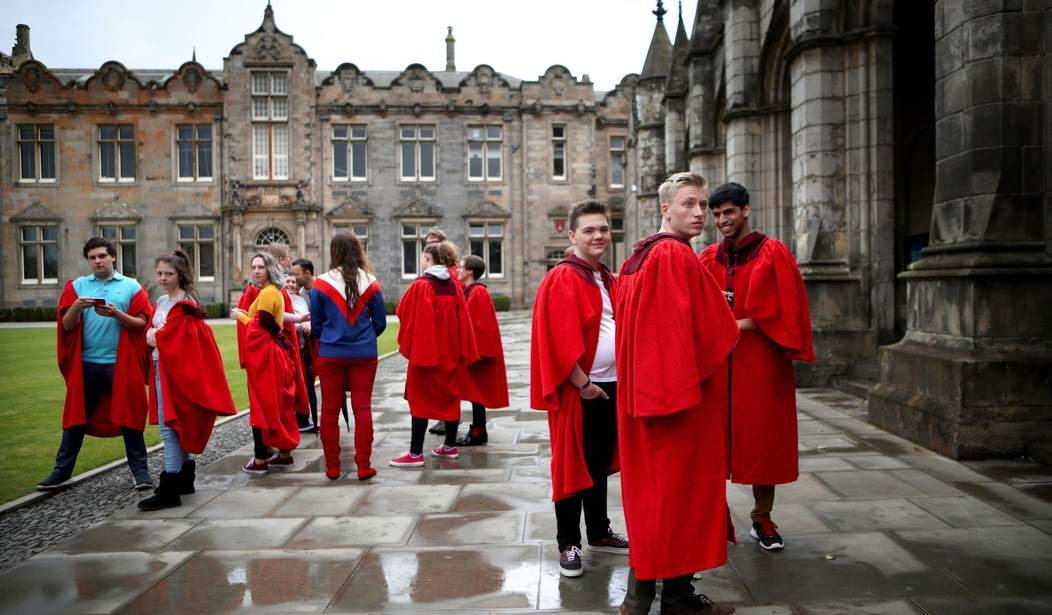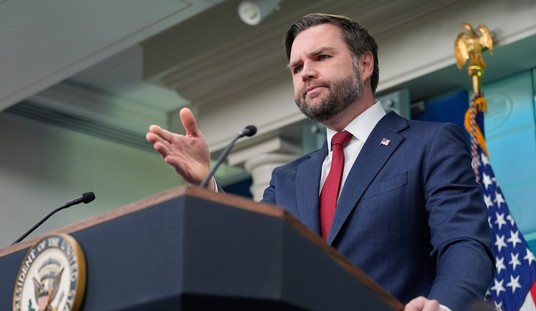Listen up, Bernie Sanders.
Your suggestion of free public college could be disastrous for the very people you want to help.
Just look across the pond to the UK. It didn’t work so well there.
For decades, all students there were entitled to a free first degree. For a time, they were also given a stipend for living expenses while they studied. Indeed, I had the benefit of this taxpayer-funded handout for college, at a time when few people opted to attend.
It sounds great, just like an idyllic society.
But then something changed, and things got even better.
So what happened after the change?
Many more people went to college than had gone in the past, at least they did in England.
“England’s shift has resulted in increased funding per head, rising enrollments, and a narrowing of the participation gap between advantaged and disadvantaged students,” states recently published research from the National Bureau of Economic Research.
In other words, there was more access to higher education in England after fees got introduced.
The trend has continued. Over the 10 years through 2015/2016, almost half (49 percent) of those aged 30 and under were participating in higher education versus just 42 percent in 2006/2007, according to UK government data.
”These increases in enrollment have not mainly benefited high income students,” states The End of Free College in England: Implications for Quality, Enrollments, and Equity by Richard Murphy, Judith Scott-Clayton and Gillian Wyness, who are from the University of Texas at Austin, Columbia University and University College London, respectively. “In fact, participation rates among the lowest income groups have increased most rapidly since fees were introduced, and the result is that the participation gap between rich and poor students has at least stabilized, or even slightly declined.”
In short, introducing fees did more to help poorer students than did having free education.
Why is this so?
“Free leads to rationing if the government pays,” says John Howson, a visiting professor of education at Oxford Brookes University in the UK. “Either you have a lottery for who gets a place, or as it is education you choose by grades.”
He’s right. It works like this.
Lest anyone forget, the government doesn’t have an unlimited source of cash. Any responsible legislature, or parliament, will allocate a fixed amount of money per year to spend on its citizenry.
If college education is paid for by the government, then colleges will receive a fixed amount of cash to fund a fixed number of college places. When the money is spent, it’s gone.
So what happens? That’s when the rationing starts. The colleges choose the students they want, and that is usually those with the best grades. It should be clear that the well-heeled can afford to pay for specialized tutors to help their kids get better grades, and poorer families cannot.
So the result is that “free” helps the children of those families who are already financially secure, rather than the cash-strapped ones.
Contrast the great results from the fee-paying situation in England with that in neighboring Scotland, where college is free for Scottish residents and has been since 2000. The same is not true for English students wishing to attend Scottish Universities; they must pay.
The result has been a declining proportion of Scots at Scottish universities.
“The student body in Scotland has become increasingly international,” according to a 2016 report on the matter from Audit Scotland.
“In 2005/06, three-quarters (75 percent) of all students at Scottish universities were Scottish compared to 66 per cent in 2014/15,” the report continues.
It is reasonable to assume that Scottish universities are following the money to find students who will pay a higher price to attend.
The foreign students who pay the higher tariff are increasingly choosing the top-tier colleges of St. Andrews, Edinburgh, Aberdeen and Glasgow, the report states. The result has been an even lower portion of Scots at those to- tier institutions.
In other words, the finest universities are effectively squeezing out the very people that the government is trying to help: the locals.
All of which is to say, the man who wants to introduce free public college to the U.S., Bernie Sanders, should be careful about pushing this part of his agenda too hard. And so should his supporters.
Free college could be far too costly for those who most need such education.









Join the conversation as a VIP Member